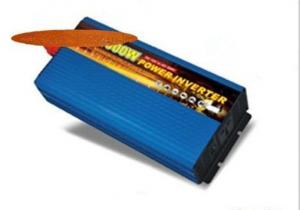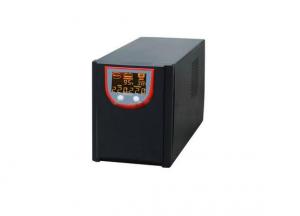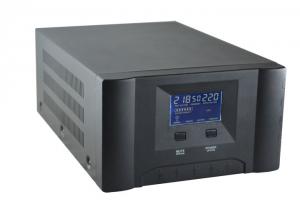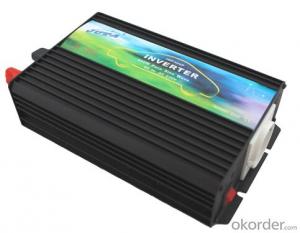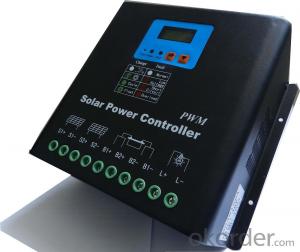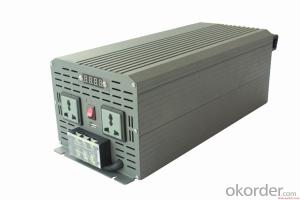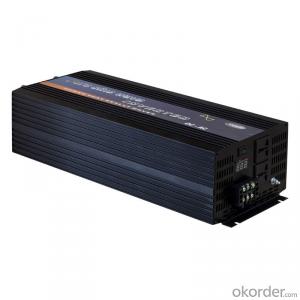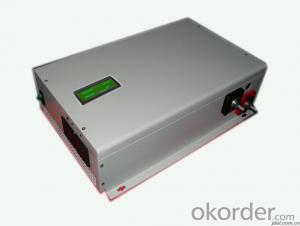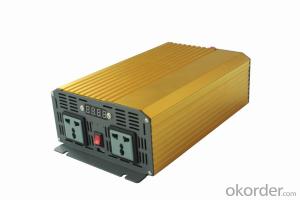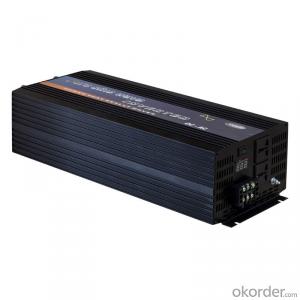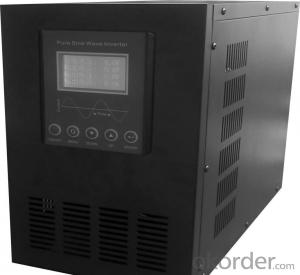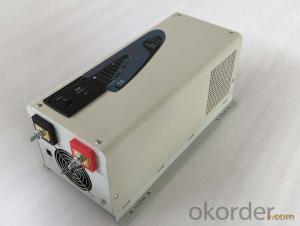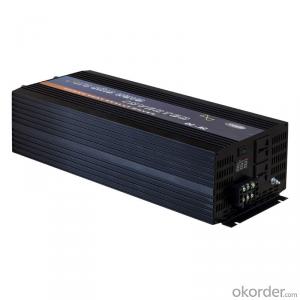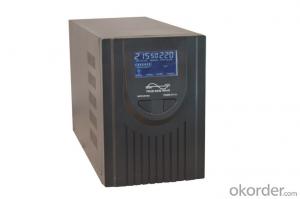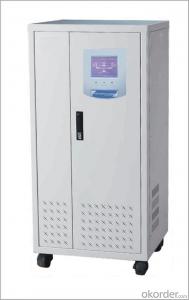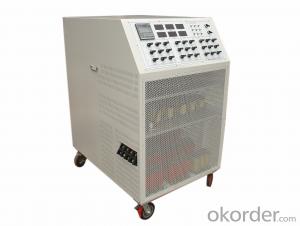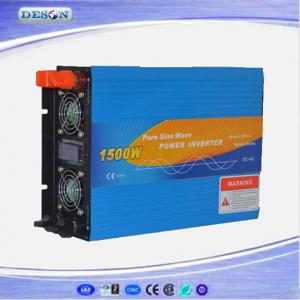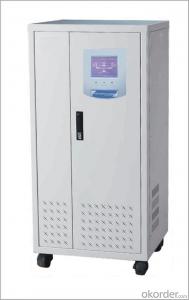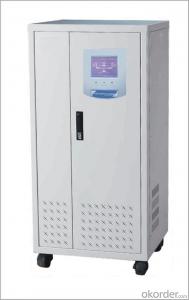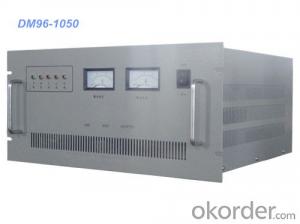Pure Power Solar Inverter
Pure Power Solar Inverter Related Searches
Pure Sine Solar Inverter Pure Sine Wave Solar Inverter Power Solar Inverter Easy Power Solar Inverter Solar Energy Power Inverter Portable Solar Power Inverter Inverter Power Solar Smart Solar Power Inverter Power Inverter Solar Solar Powered Power Inverter Portable Solar Inverter Easy Solar Inverter Solar Energy Inverter Smart Inverter Solar Power Cheap Solar Power Inverter Solar Power Inverter Portable Solar Solar Inverter Smart Solar Inverter Solar Powered Inverter Smart Inverter Solar Portable Solar Panel Inverter Solar Smart Inverter Inverter Solar Solar Pro Inverter Solar Power Battery Inverter Solar Electric Inverter Power Inverter Solar Kit Solar Converter Inverter Power Inverter Solar Panel Pro Solar InverterPure Power Solar Inverter Supplier & Manufacturer from China
Pure Power Solar Inverter is a high-quality and reliable product designed to optimize the performance of solar energy systems. These inverters are engineered to convert the direct current (DC) produced by solar panels into alternating current (AC), which can be used to power homes and businesses. They play a crucial role in ensuring that solar energy is harnessed efficiently and effectively.The Pure Power Solar Inverter is widely used in various applications, including residential, commercial, and industrial settings. It is particularly beneficial in areas with limited access to traditional power sources or where there is a need to reduce reliance on fossil fuels. This product is also ideal for off-grid systems, providing a sustainable and eco-friendly power solution for remote locations. The versatility of the Pure Power Solar Inverter makes it a popular choice for those looking to invest in renewable energy technology.
Okorder.com is a leading wholesale supplier of Pure Power Solar Inverters, offering a vast inventory to cater to the growing demand for solar energy solutions. With a commitment to quality and customer satisfaction, Okorder.com ensures that each inverter is thoroughly tested and meets the highest industry standards. By partnering with Okorder.com, customers can expect to receive top-notch products at competitive prices, making the transition to solar energy more accessible and affordable.
Hot Products
